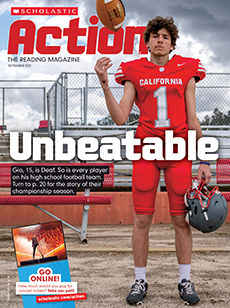Essential Questions
- What role do young people play in shaping the future of social justice movements?
- How can peaceful protests lead to lasting social and political change?
Literature Connection
- Children’s book: We Dream a World: Carrying the Light From My Grandparents Martin Luther King, Jr., and Coretta Scott King by Yolanda Renee King
- Graphic biography: Martin Luther King Jr.: Voice for Equality! by James Buckley Jr.
